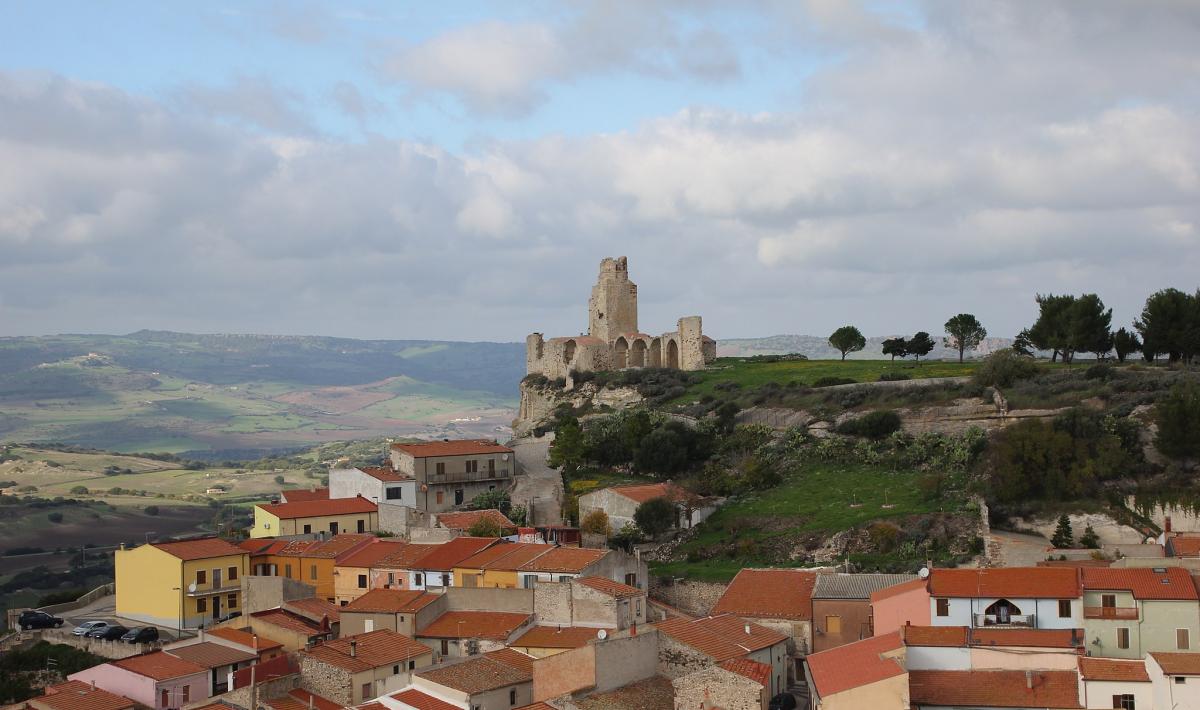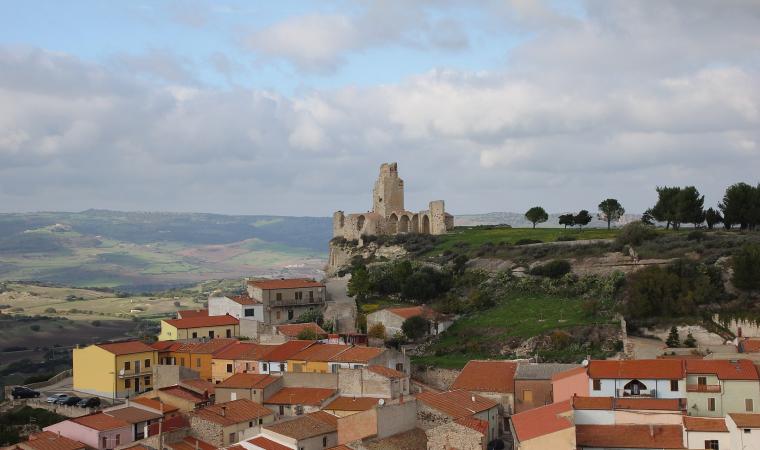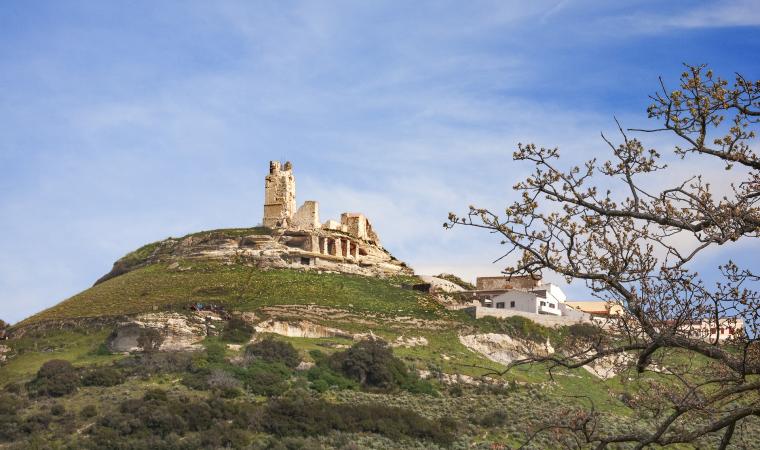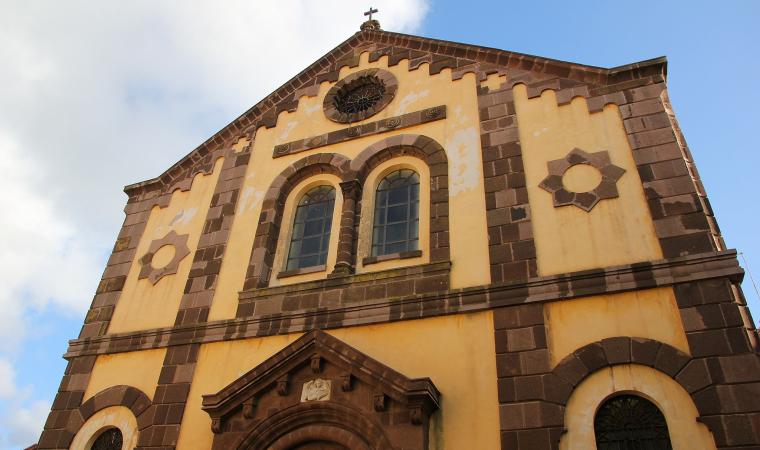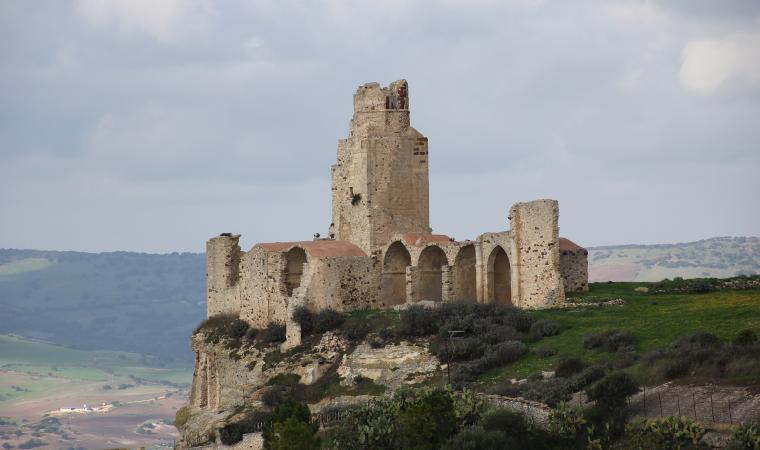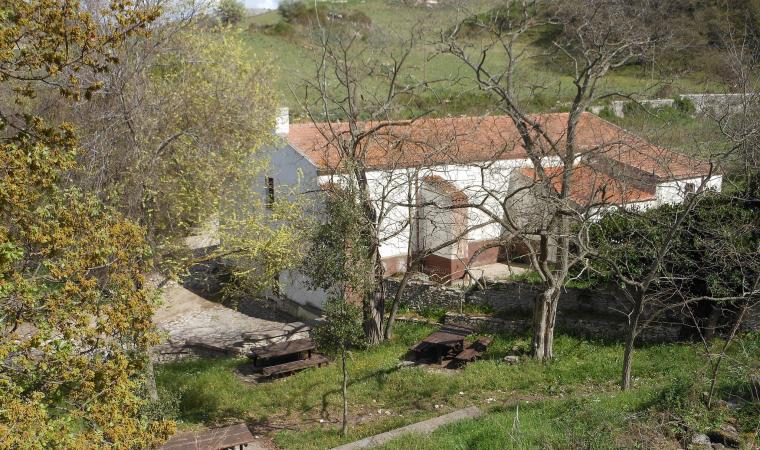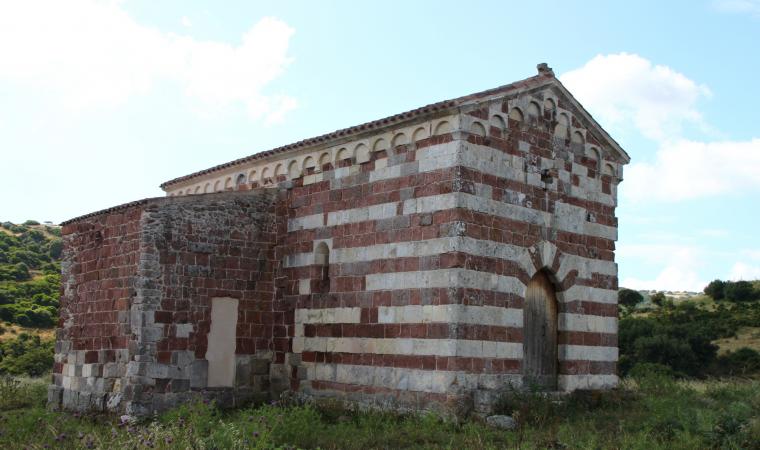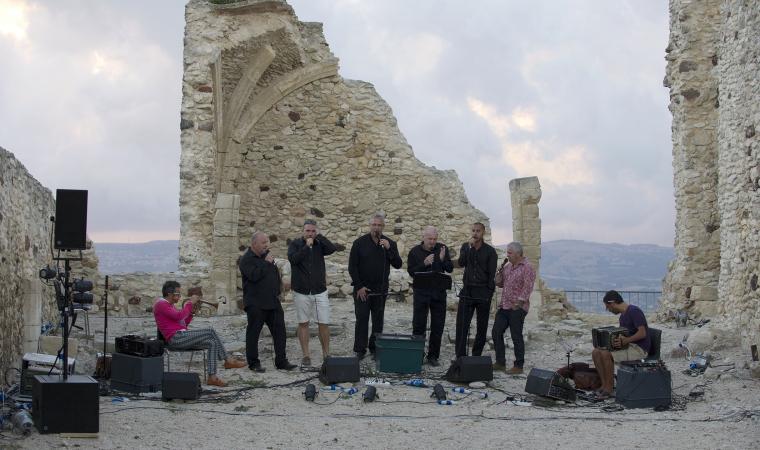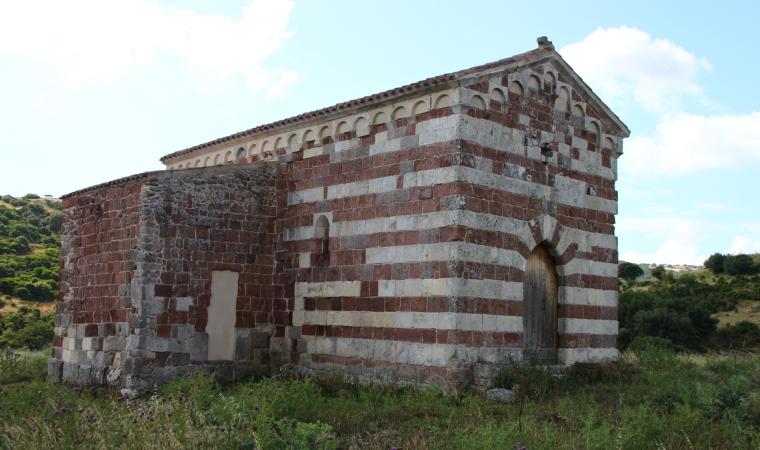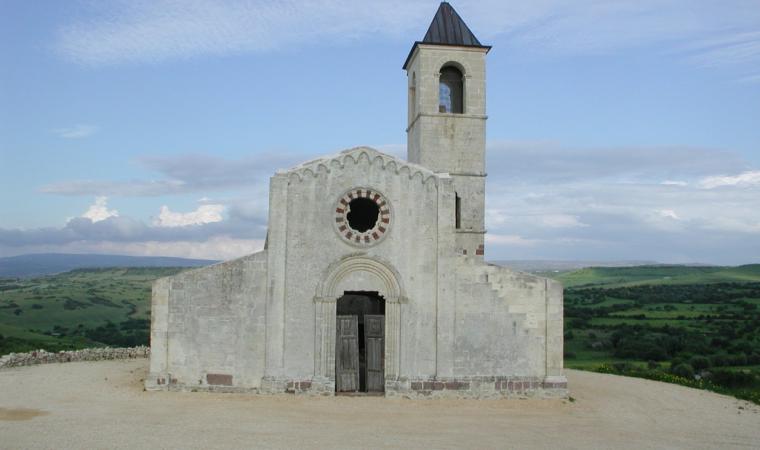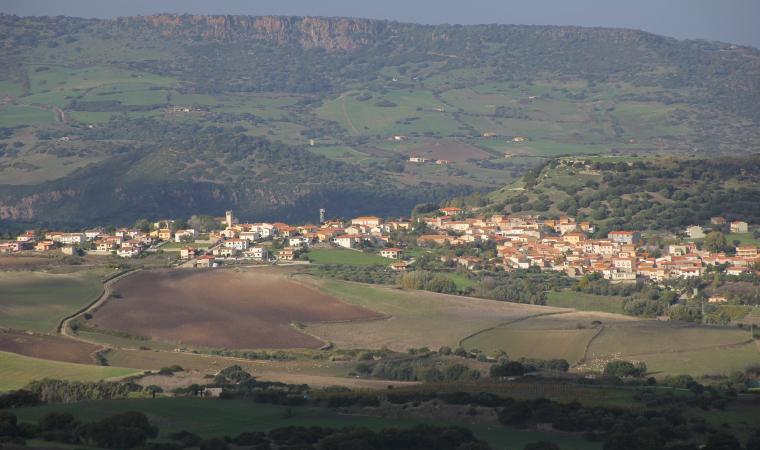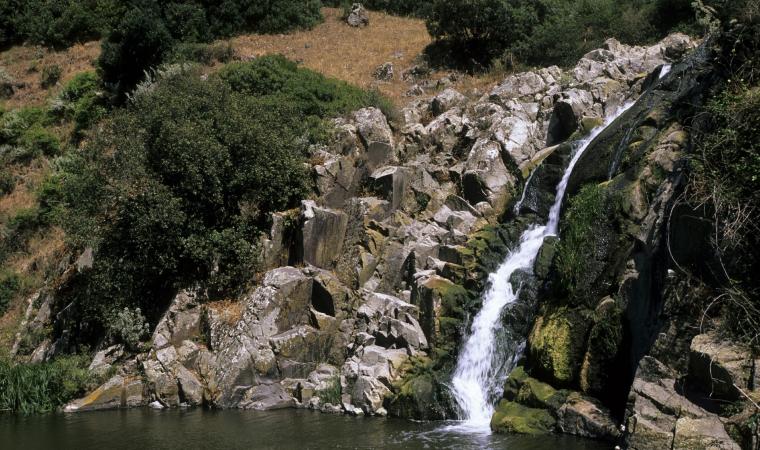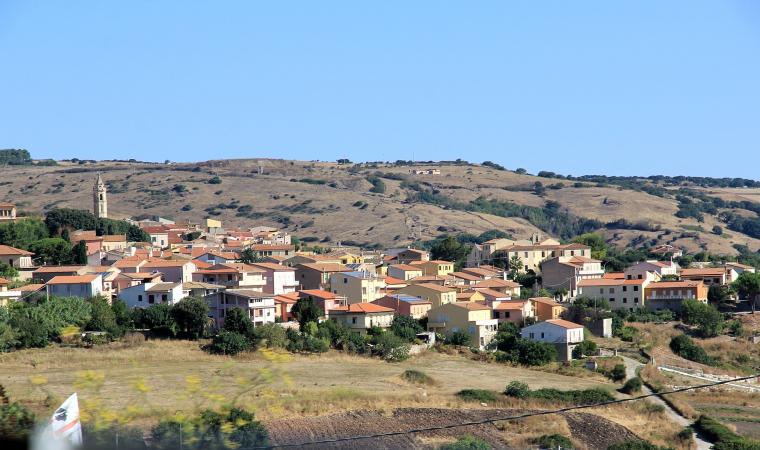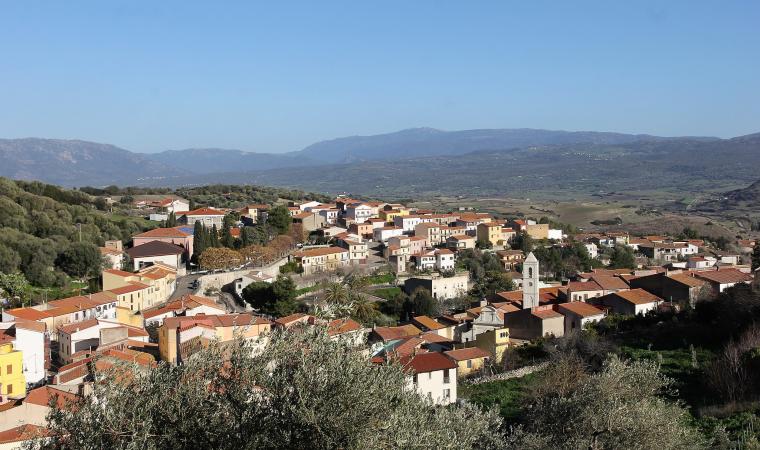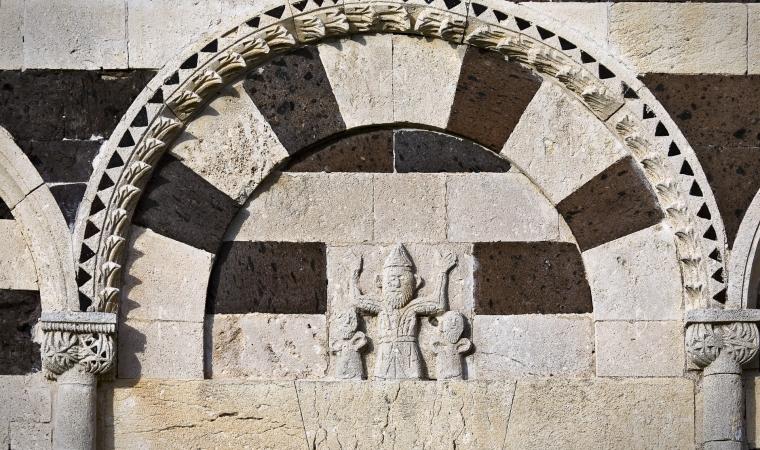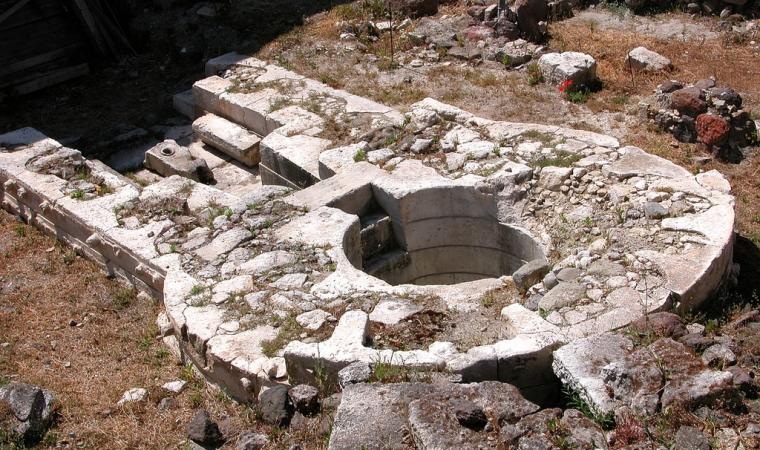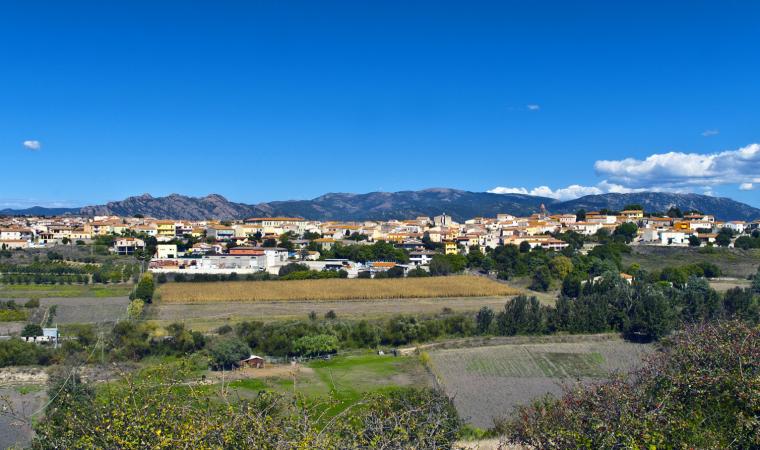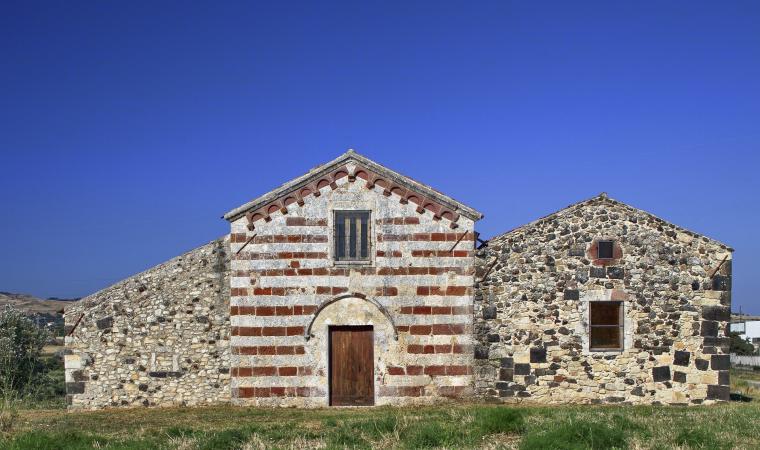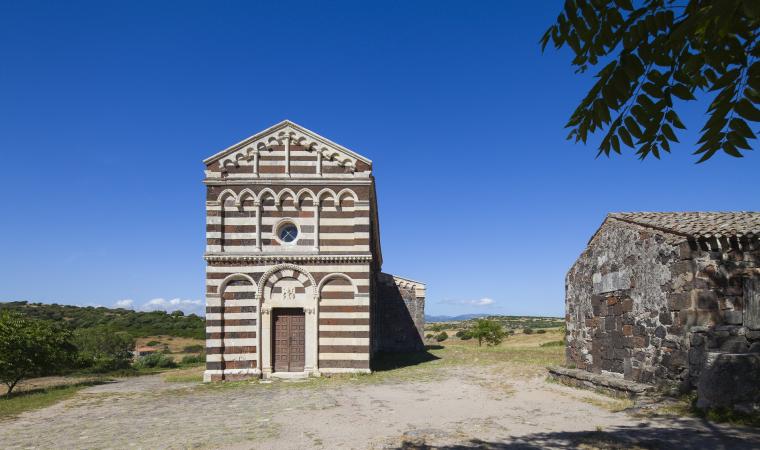The name of the town echoes the spectacle you will admire when you look down from its castle. Chiaramonti sits perched on a hill set between two river valleys. Legend has it that it was founded by the survivors of the plague that swept though Orria Manna and Pizzinna (large and small granary). The top part of town is home to the remains of the Doria Castle, a medieval fort built to defend the properties owned by Ligurians in Anglona. It dominates the entire valley and nearby town of a territory that has been settled since prehistoric times. The remarkable archaeological legacy is one of the main attractions: some 20 domus de Janas, including the su Murrone necropoli, more than a hundred nuraghe, including the main fort e s’Arroccu or Elighia, and Giant tombs.

